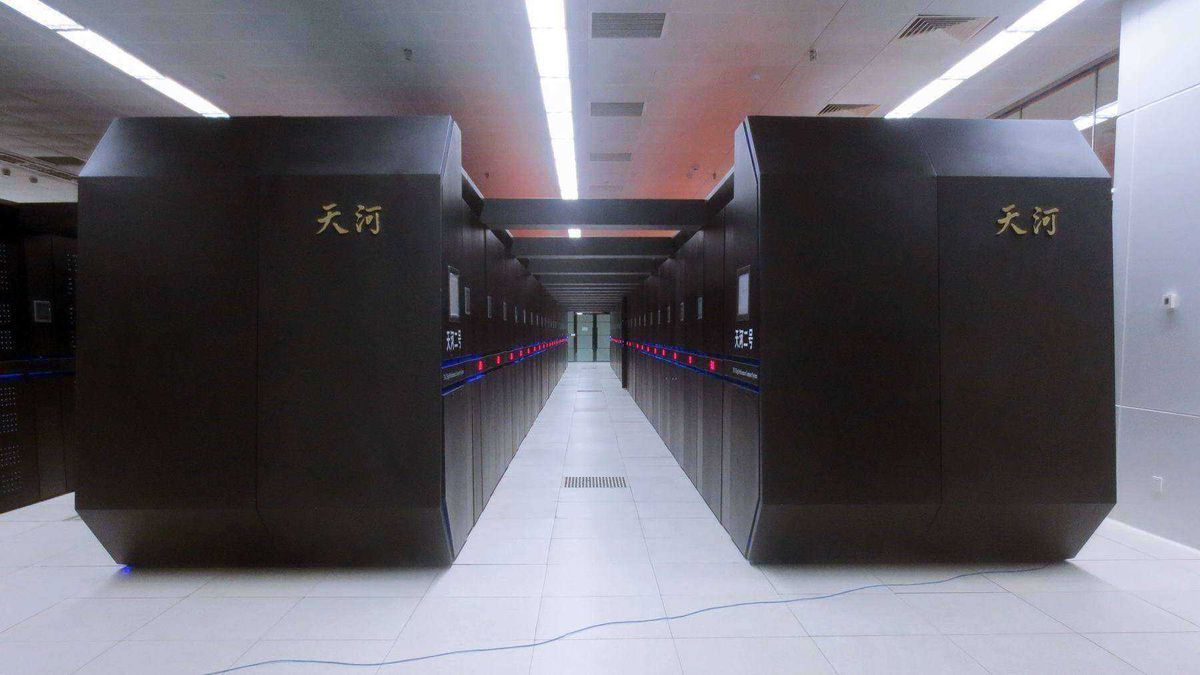At nearly double the speed of its US rival, “Titan,” the $390 million USD “Tianhe-2” is now the fastest and most powerful supercomputer in the world (according to internationally recognized TOP500 ranking). Housed in Guangzhou, China; the project was initiated by the Chinese government and built using US-designed Intel microchips by a cooperative effort of China’s National University of Defense Technology (NUDT) and IT firm, Inspur.
Originally scheduled for completion in 2015, Tianhe-2 was powered up ahead of schedule to greatly surpass United States competitor, Titan (which previously took the lead against China’s earlier supercomputer, Tianhe-1). Boasting 1,375 terabytes of total memory, 3,120,000 cores and 16,000 computer nodes, Tianhe-2 lives up to the idiomatic translation of its name “Milky Way 2.”
Tianhe-2 also takes first place in top-10 ranking for energy efficiency; using only 2.33 megawatts per 2.7 Gigaflops-per-watt of performance delivered.
NUDT reports that Tianhe-2 is intended for analysis, simulation and government security applications. A spokesman for The Electrical and Electronics Engineers hailed it as a symbol of “China’s unflinching commitment to the supercomputing arms race.” Tianhe-2 is capable of simultaneously housing a massive array of application which could range from things like pharmaceutical simulators and physics calculators to traffic light controllers and earth quake prediction software.
Tianhe-2 is a benchmark in Chinese supercomputing: the OS, front end processors and software were all developed in house by Chinese engineers.
Though not planning any record breaking supercomputer releases in the immediate future, the US still claims the most supercomputers of any nation; with 265 ranking in the top 500, versus China’s 63.
Image credit: Wikimedia Commons


